In 2025, it is expected that the total number of samples taken for quality testing will be 2,400 samples corresponding to about 190 active ingredients, focusing on samples in the list of active ingredients prioritized for sampling according to the recommendations of the Central Institute for Drug Testing.
Expected to test about 2,400 drug, cosmetic and food samples in 2025
In 2025, it is expected that the total number of samples taken for quality testing will be 2,400 samples corresponding to about 190 active ingredients, focusing on samples in the list of active ingredients prioritized for sampling according to the recommendations of the Central Institute for Drug Testing.
Over the years, the Hanoi Center for Drug, Cosmetic and Food Testing has always taken samples for testing in accordance with current procedures and regulations, ensuring legality.
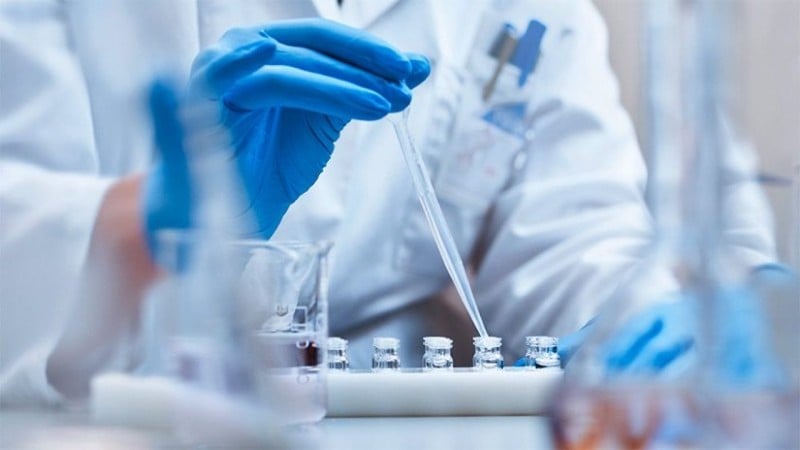 |
| Illustration photo. |
The Center organizes teams to collect samples to check and monitor the quality of drugs and cosmetics. There is a plan to assign a specific list of teams each month and a list of specific facilities each week, ensuring the confidentiality of the facilities being sampled and monitored. The Center's staff conducts sampling when participating in interdisciplinary teams, inspection teams, and cosmetic inspection teams.
Specifically, in 2024, the total number of sampled establishments will be 1,178 (reaching 98.2%), the total number of samples taken for quality testing will be 2,475 (reaching 103.1%).
The center tested 2,508 samples, including 129,944 physical and chemical tests, 42,509 microbiological tests, and 1,108 pharmacological tests.
The number of active ingredients analyzed and tested is more than 170 (including pharmaceutical ingredients, preservatives and some ingredients in drugs, cosmetics and non-drug products) reaching 98.7% of the plan, including 6 new active ingredients.
100% of cosmetic samples are analyzed for safety indicators. All samples sent by the Department of Health Inspectorate and the police are responded to promptly and on time to meet state management requirements.
The unit has reported the test results to the Ministry of Health and the Department of Health for drug samples and drug ingredients that do not meet quality standards according to regulations, specifically: 1 drug sample, 1 medicinal material sample, and 4 cosmetic samples.
In addition, the Center also focuses on training new and retraining inspectors and technicians to have the capacity to meet job requirements.
The Center sent 12 staff to attend training courses organized by the National Institute of Food Safety and Hygiene; sent 10 staff to attend training courses organized by the Central Institute of Drug Control. Organized training for staff in the unit on expertise and application of information technology in performing tasks.
In 2025, the total number of samples taken for quality testing is expected to be 2,400, corresponding to about 190 active ingredients, focusing on samples in the list of active ingredients prioritized for sampling according to the recommendations of the Central Institute for Drug Testing; the number of facilities sampled is about 1,200.
Continue to improve the capacity of testing staff, organize training courses and professional training for staff in the entire unit. Promote drug, cosmetic and food testing activities of the health sector to provide information to production, distribution, retail units and users.
Previously, talking about difficulties in the operation process, the representative of the Center said that the facility still faces difficulties and problems such as lack of investment in facilities and construction of experimental areas for pharmacological tests that meet ISO/IEC 17025: 2017 and GLP standards. The clean room system has not been thoroughly handled.
Some samples have inappropriate standards or have not updated the current pharmacopoeias, and the standards have not been updated on the Testing Institute's website, which also greatly affects the sample testing time.
Regarding drug quality, according to the World Health Organization (WHO), about 11% of medicines in developing countries are counterfeit and may be the cause of death for tens of thousands of children each year from diseases such as malaria or pneumonia.
Through 100 studies involving 48,000 types of medicine, experts concluded that among fake medicines, drugs for treating malaria and infections accounted for nearly 65%.
In Vietnam alone, the recent situation of counterfeit and substandard drugs has caused many people to worry. Statistics from the Central Institute for Drug Control show that in 2021, the national testing system tested the quality of over 500 new pharmaceutical active ingredients and 300 medicinal herbs; 338 samples were found to be substandard.
Specifically, 118/28,659 domestic drug samples did not meet quality standards (0.41%) and the rate for imported drugs was 26/3,042 foreign drugs (0.86%). In addition, through testing, 20 drug samples suspected of being fake drugs were discovered, an increase of 11 samples compared to the same period last year.
It is known that the National Strategy for the Development of the Vietnamese Pharmaceutical Industry to 2030 and Vision to 2045 sets the goal that by 2030, 100% of drugs will be proactively and promptly supplied for disease prevention and treatment needs; ensuring drug security, meeting national defense and security requirements, disease prevention and control, overcoming the consequences of natural disasters, catastrophes, public health incidents and other urgent drug needs.
Domestically produced drugs strive to meet about 80% of the demand for use and 70% of the market value. Continue to strive to achieve the target of producing 20% of the raw material demand for domestic drug production. Domestically produced vaccines meet 100% of the demand for expanded immunization and 30% of the demand for service immunization.
Vietnam strives to become a center for high-value pharmaceutical production in the region. Receive technology transfer, coordinate processing and transfer of technology to produce at least 100 original branded drugs, vaccines, biological products including similar biological products and some drugs that Vietnam cannot produce yet.
Source: https://baodautu.vn/du-kien-kiem-nghiem-khoang-2400-mau-thuoc-my-pham-thuc-pham-nam-2025-d246116.html








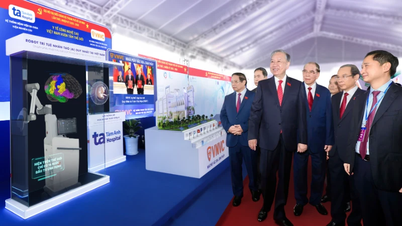

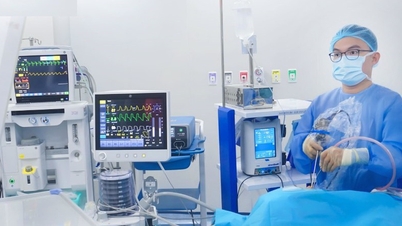

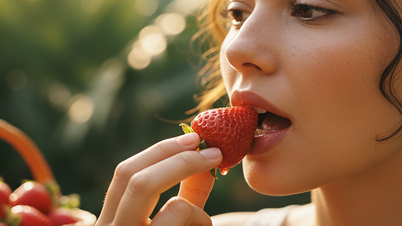
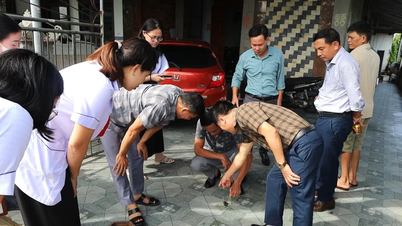

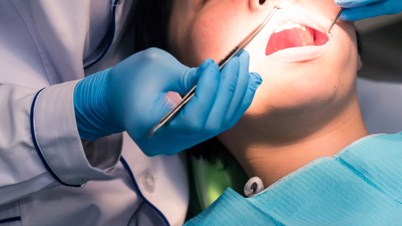

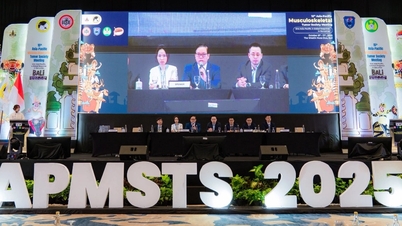














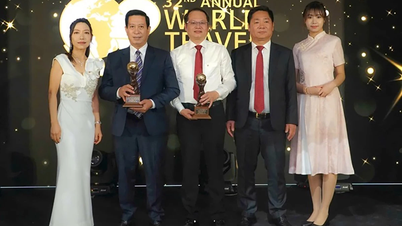

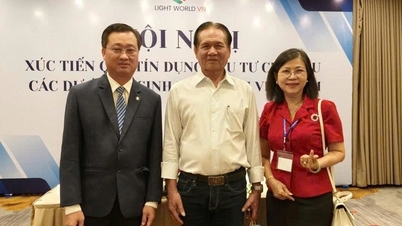



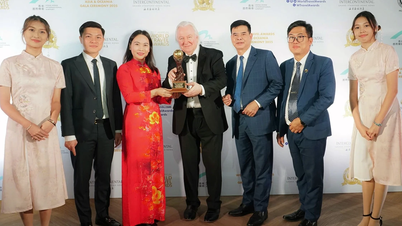




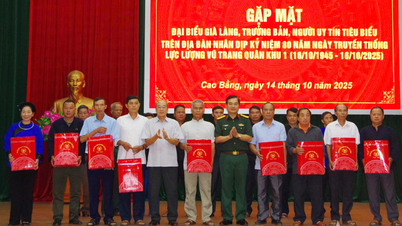











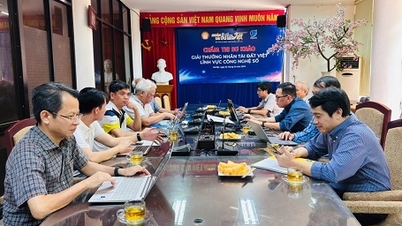








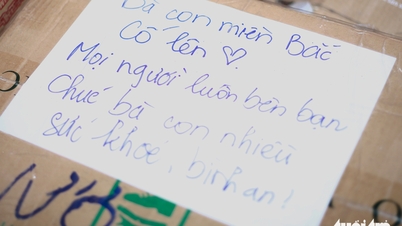

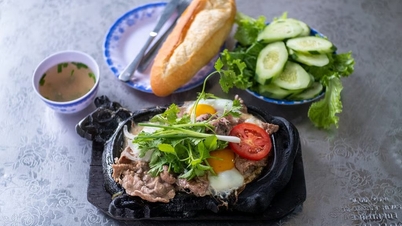



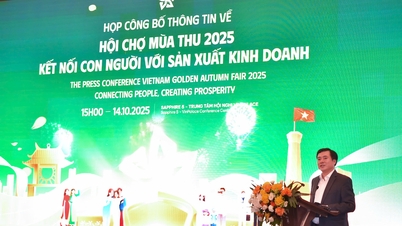



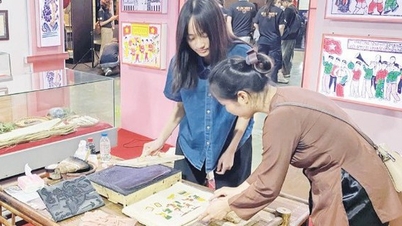
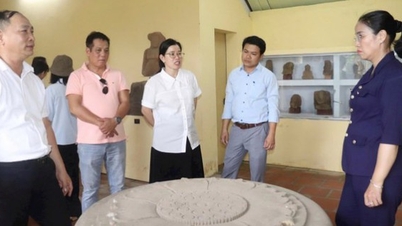


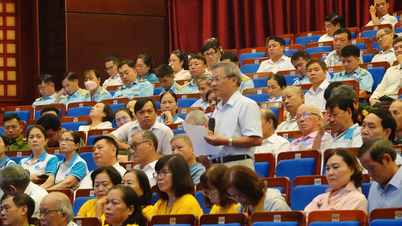


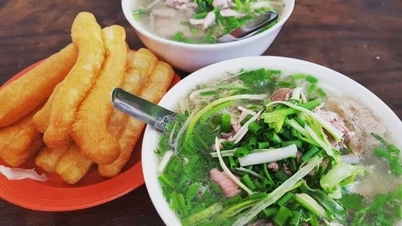


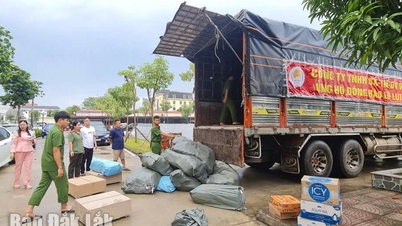
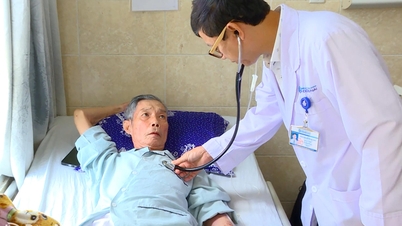

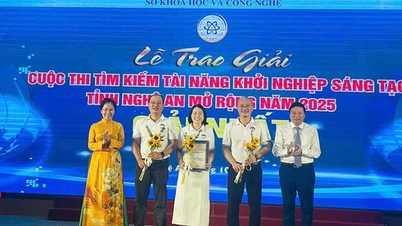



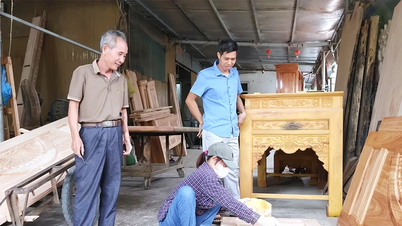










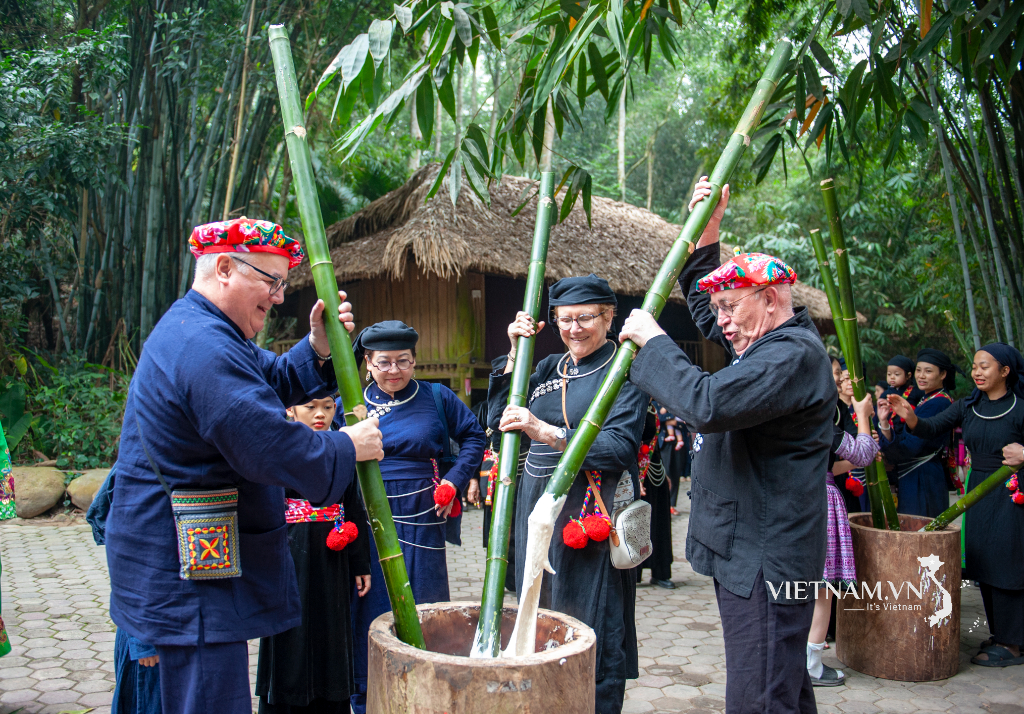
Comment (0)